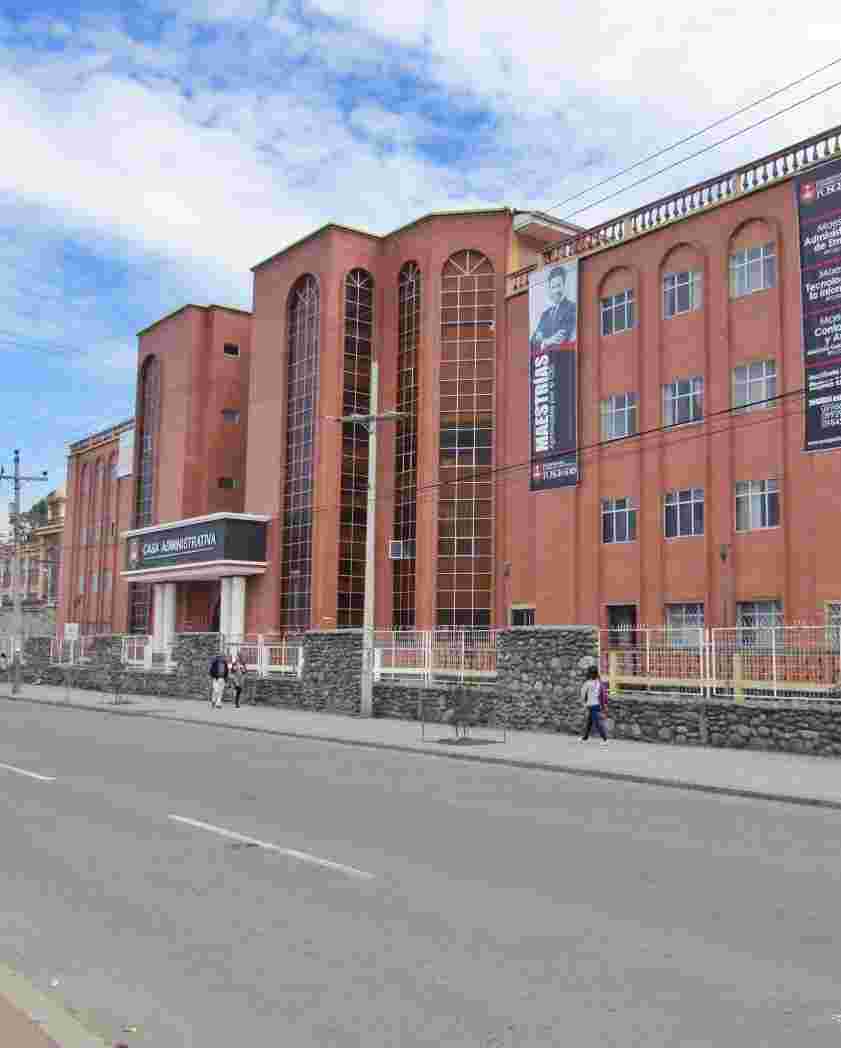En este servicio en línea podrá consultar los trabajos académicos y de investigación
producidos en los diferentes campus de la Universidad Católica de Cuenca, en formato
digital: tesis, monografías, libros, artículos, etc.
Comunidades en DSpace
Seleccione una comunidad para explorar sus colecciones.
Envíos recientes
Item type: Ítem , Access status: Embargo , Proyecto de Titulación embargado con fines de publicación de impacto(Universidad Católica de Cuenca., 2025) Sigüenza Barros, Sofia Nataly; Pérez Mora, Andrea Paola; 1752763670Item type: Ítem , Access status: Embargo , Proyecto de Titulación embargado con fines de publicación de impacto(Universidad Católica de Cuenca., 2025) Arboleda Ochoa, Fernanda Salome; León Castro, Priscila Alexandra; 1900766757Item type: Ítem , Access status: Acceso Abierto , Límites jurídicos al derecho de propiedad en el contexto de promesas de compraventa(Universidad Católica de Cuenca., 2025) Ulloa Castro, Eddie Alexander; Carrasco Loyola, Juan José; 1400816045This research analyzes the legal issues arising from the failure to register the promise of sale agreement for real property in the Property Registry Office under Ecuadorian law. Although the promise of sale agreement constitutes a preliminary contract that creates obligations to perform, its lack of registry publicity places the promissory buyer in a vulnerable position regarding the risk of double sales, the creation of encumbrances, or conflicts with third parties acting in good faith. Unlike other Latin American legal systems, such as Colombia and Mexico, which have implemented mandatory or voluntary registration mechanisms with enforceable effects, Ecuador maintains a regulatory gap that undermines legal certainty and confidence in real property transactions. The study conducts a historical and doctrinal analysis of the contract and the contract of sale, examines the essential requirements of the promise of sale agreement, and evaluates its legal effects, particularly in relation to third parties. In addition, interviews with experts show that notarial and judicial practice acknowledge the need to strengthen buyer protection. Finally, the study proposes moving toward legal reforms, improved notarial practices, and preventive contractual mechanisms that guarantee stability, transparency, and legal certainty in preliminary real estate agreements in Ecuador.Item type: Ítem , Access status: Acceso Abierto , Responsabilidad penal por la difusión de imágenes íntimas no consentidas generadas con inteligencia artificial en Ecuador(Universidad Católica de Cuenca., 2025) Calles Cadena, Vinicio Alejandro; Granja Rosero, Eduardo Alejandro; Hidalgo Palacios, José Felipe; 1400714422Artificial Intelligence (AI) technologies have completely transformed the way images are created and shared, posing a significant challenge for criminal law. Today, anyone can produce a deepfake or deepnude that looks completely real, even without an original photograph. This affects essential legal rights such as privacy, image, and dignity, as these fake intimate images spread quickly, damage reputations, and expose individuals to digital violence that is often invisible yet just as serious as physical aggression. The problem is that Ecuadorian criminal law is not prepared to address this phenomenon. The Comprehensive Organic Criminal Code (COIP, by its Spanish acronym) requires the existence of a real image to punish the dissemination of intimate content, leaving victims of AI-generated synthetic images unprotected. Applying these behaviors by analogy is also not feasible, because it would violate the principle of legality. This creates a regulatory gap that encourages impunity and complicates the work of prosecutors and judges. While countries such as Spain, the United Kingdom, and several U.S. states already have specific regulations in place, Ecuador still lacks a clear legal response. This makes it urgent to reform criminal law to incorporate these new forms of digital violence and ensure that dignity and privacy remain protected in the technological era.Item type: Ítem , Access status: Embargo , Proyecto de Titulación embargado con fines de publicación de impacto(Universidad Católica de Cuenca., 2025) Bermeo Tuza, Jean Pierre; Durán Neira, Paola Alexandra; 0107105348









